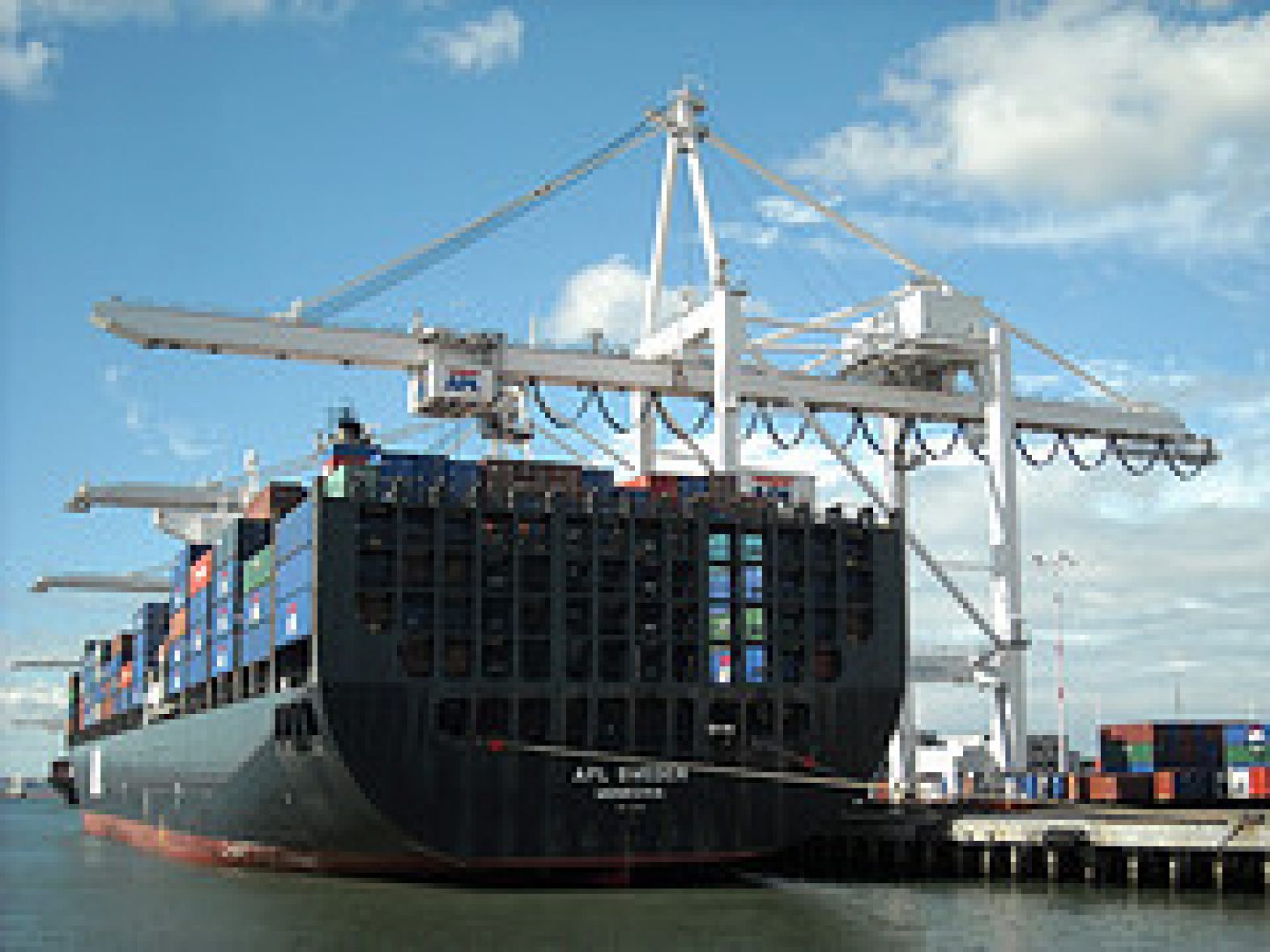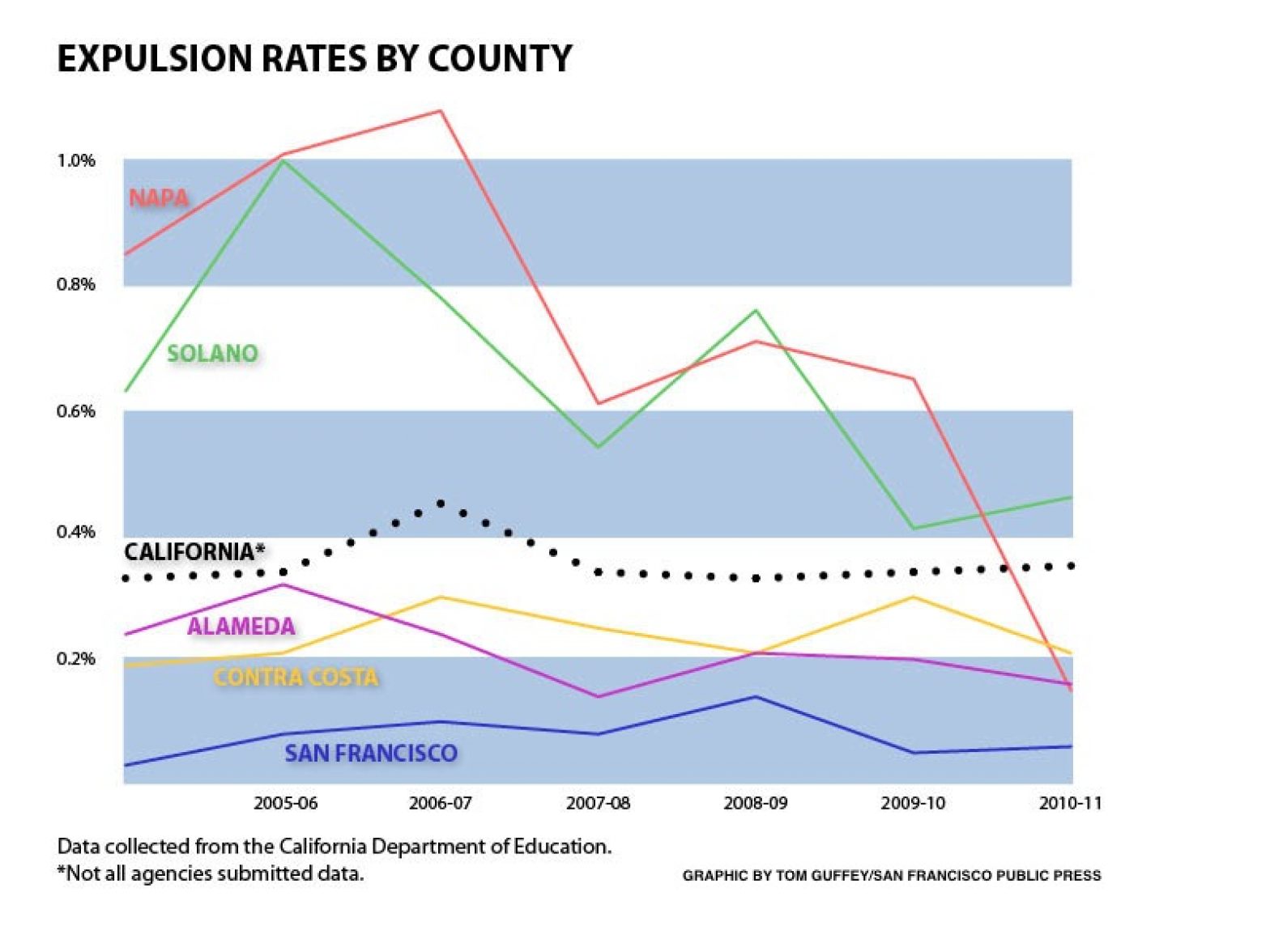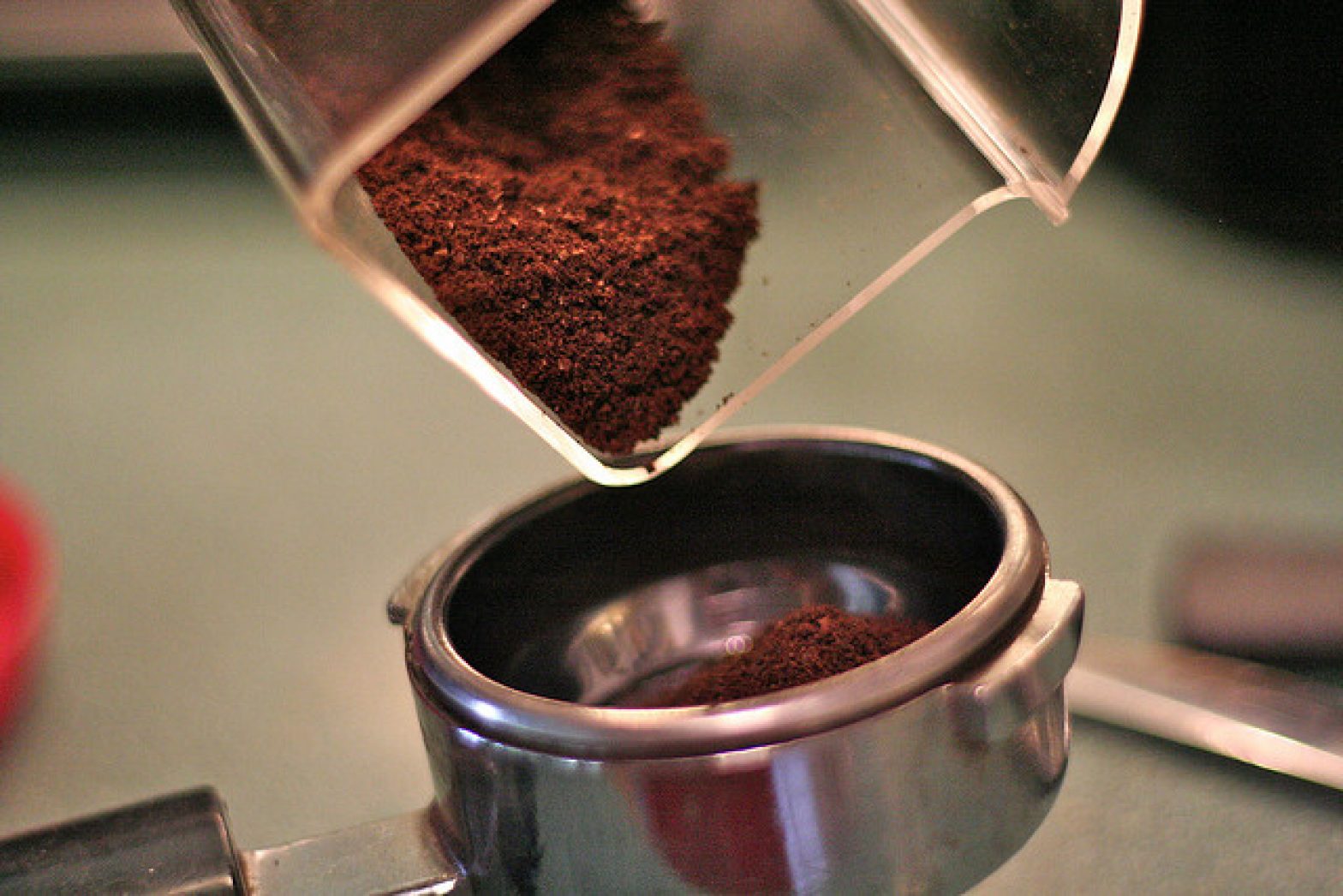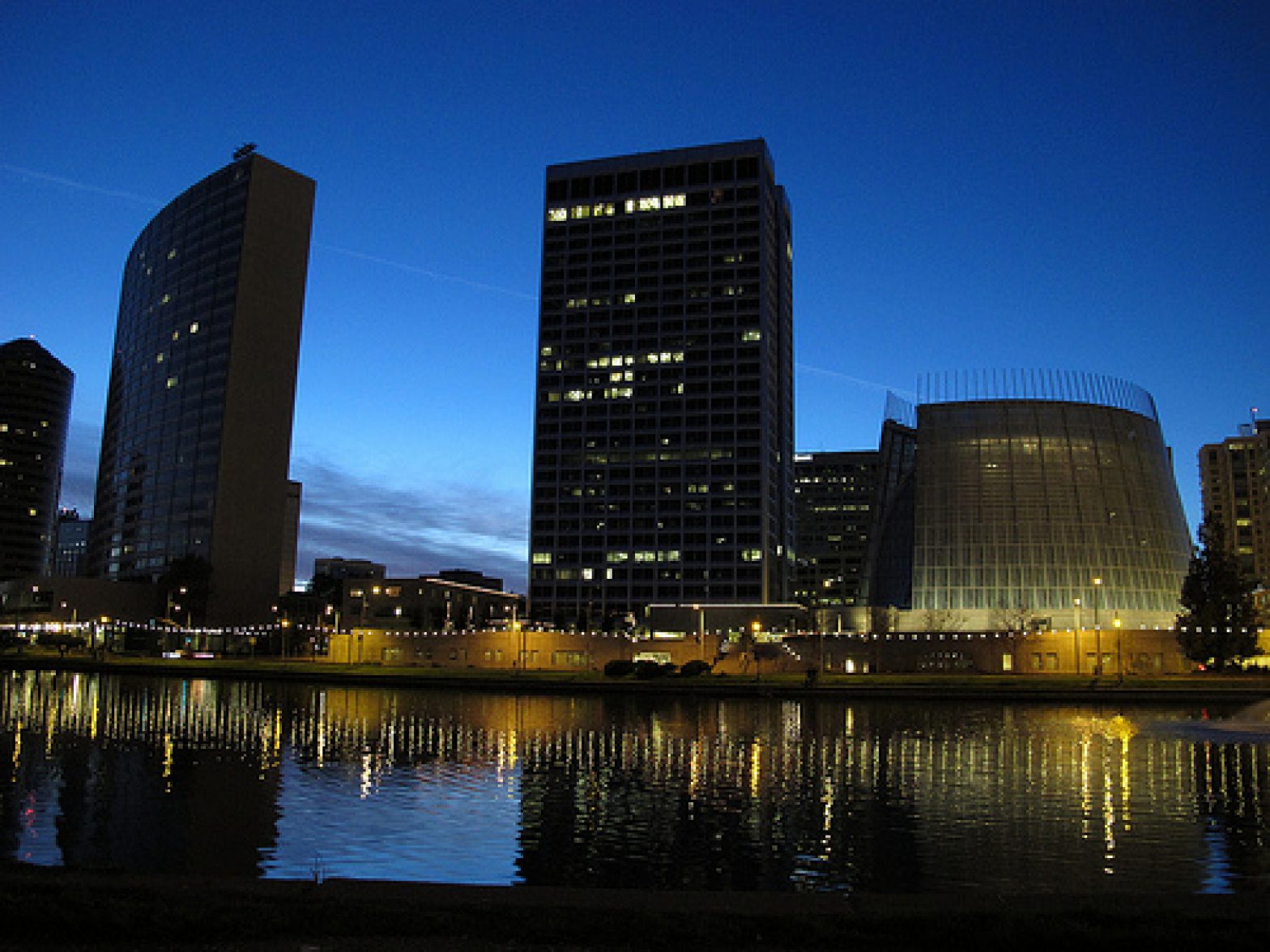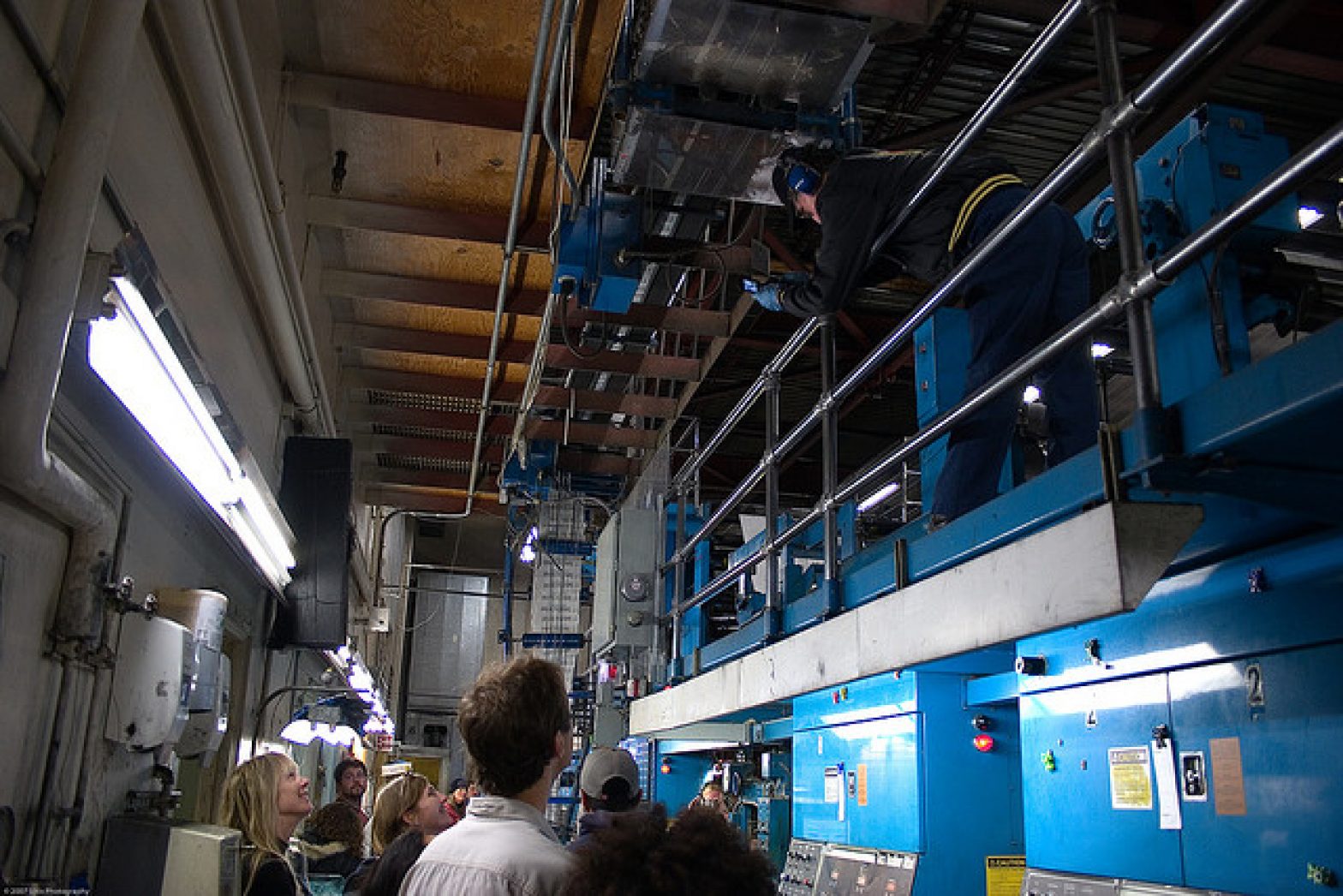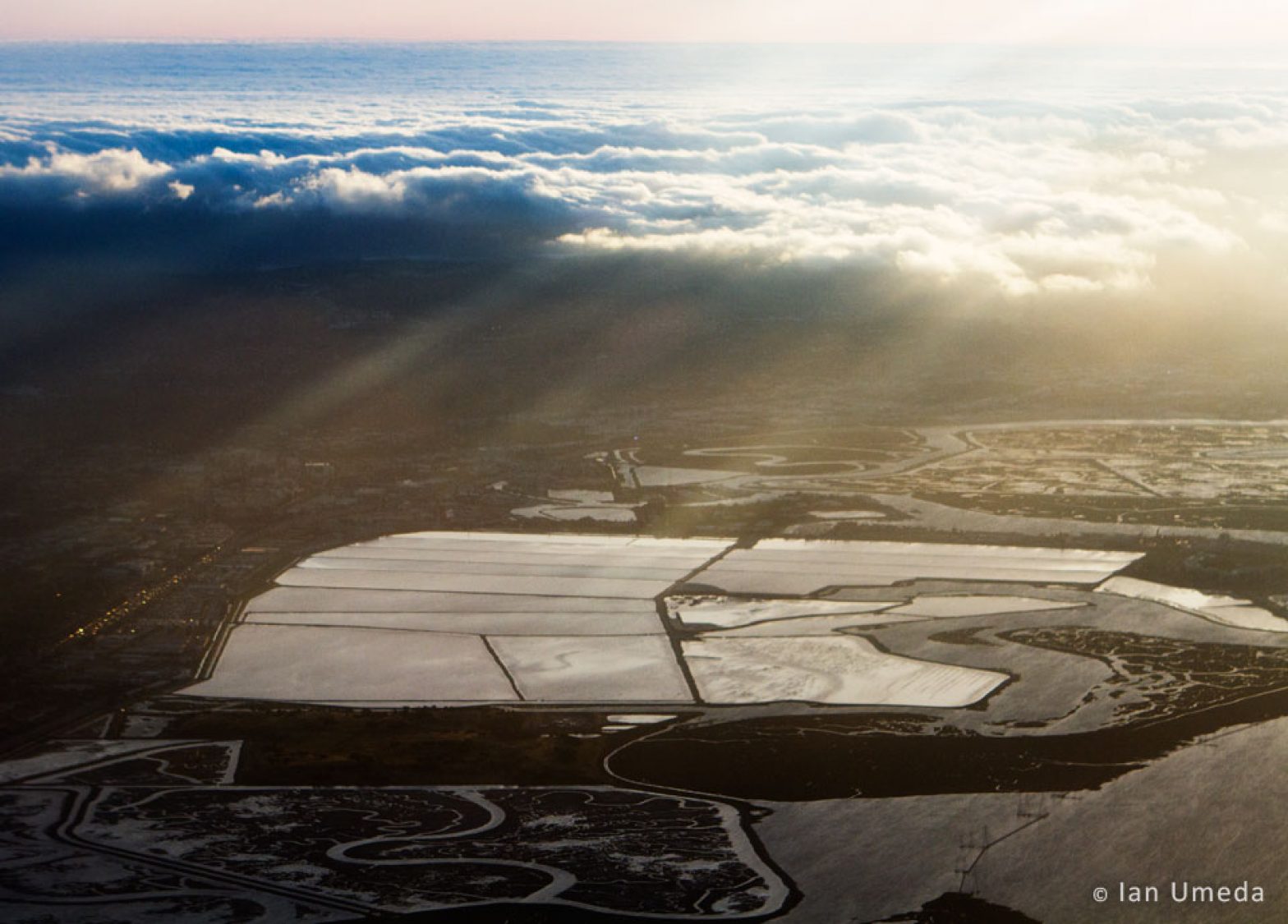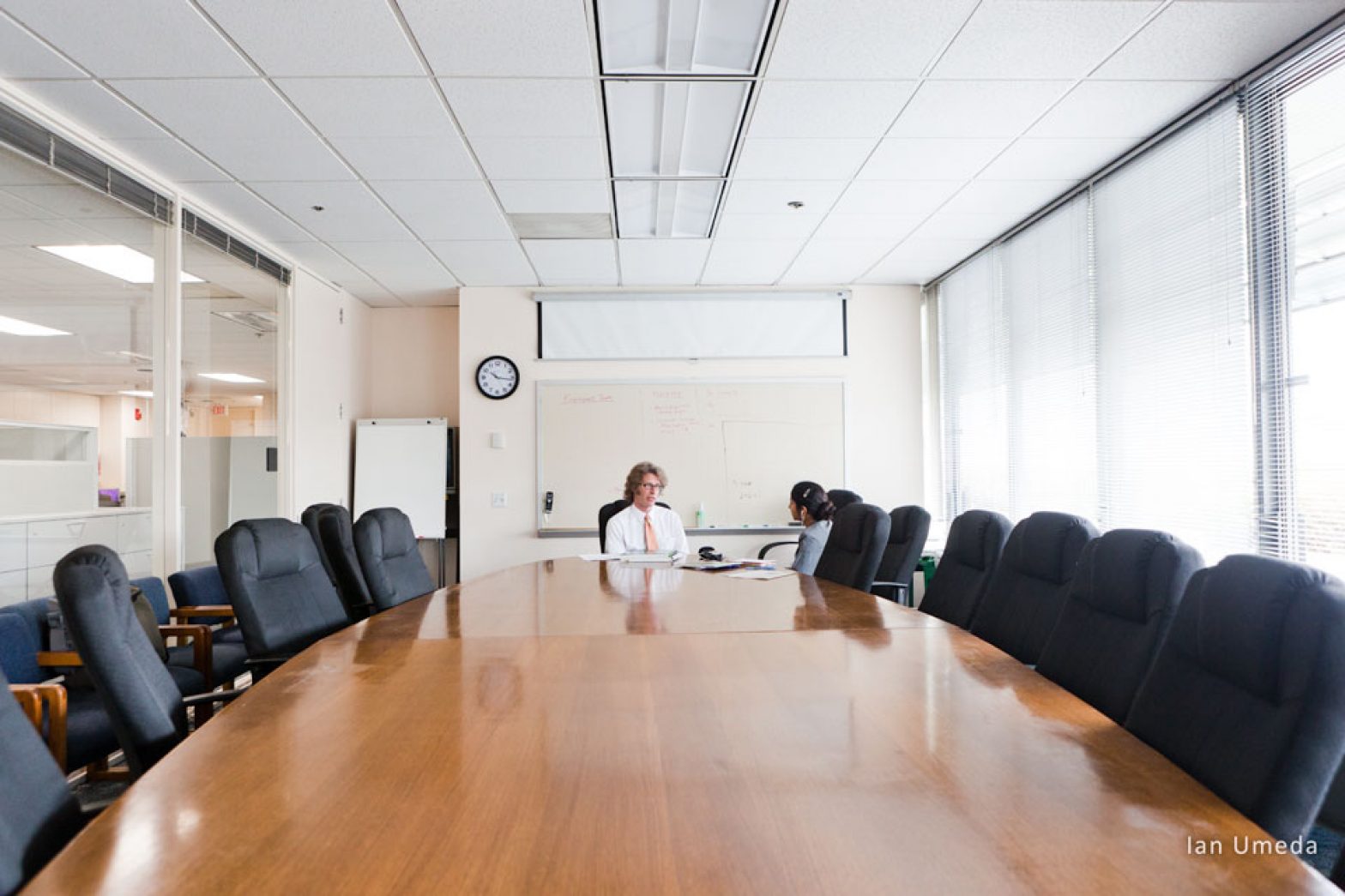Bay Area
Bay Area’s urban planning must address public health, says study
For nearly four years, Cassandra Martin lived in West Oakland, a few blocks from two freeways and the city’s port. This has made her an accidental expert on air pollution. “I used to wonder what that black stuff was on the windowsill,” said Martin, who was diagnosed with asthma in 2009. “I would constantly wipe the walls and windowsills, but it would get so caked with soot. That’s a reason I was wondering about particulate matter.”
